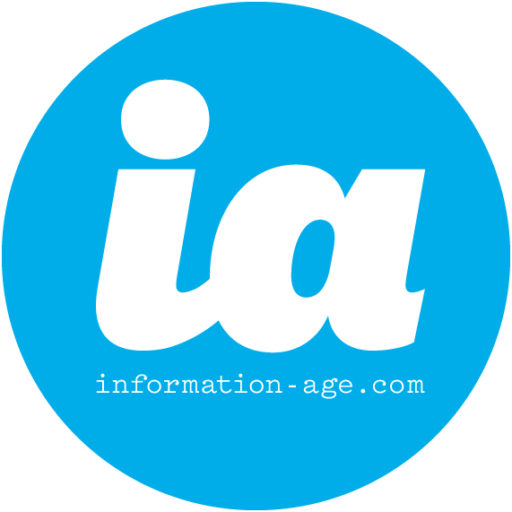All chipmakers feel the pressure to keep up with Moore’s law, the prediction that the number of transistors that can be put on a microchip will double roughly every 18 months. The fear is that if transistor density stops doubling at that rate, customers will buy new computers less frequently.
No company feels that pressure as keenly as Intel, whose co-founder Gordon Moore authored the concept. The law is a reminder of which company masterminded the microprocessor revolution, and is almost as powerful a piece of branding as its ‘Intel Inside’ logo.
Interesting Links
Smart processors Intel is stepping up its fight to sell processors to smartphone manufacturers
In April 2011, the Silicon Valley pioneer announced a new chip technology that it says will keep Moore’s law safe for years to come.
Until now, all chip designs have arranged transistors – the tiny switches that are manipulated to perform logical operations – along a flat, ‘planar’ surface. Intel’s new technology, named Tri Gate, adds an extra gate to each transistor that is vertically above the other two.
This innovation, the company says, gives each ‘3D’ transistor greater control of the current that passes through it. That in turn means that when the transistor is switched off, fewer electrons leak through so the overall chip consumes less power.
The very concept of ‘three dimensional’ transistors is not new. Intel has been working on the idea for a decade, and rivals including AMD claim to have developed similar technologies. But Intel is the first to market with a commercialised product –the plan is for chips using Tri Gate to be on sale later this year.
That, says Richard Fichera, principal analyst at Forrester Research, makes Intel’s announcement a "big deal". "It looks like Intel has once again trumped the other manufacturers with this technology," he says.
Tri Gate’s low power consumption means that it may boost Intel’s penetration in the mobile device market where, by its own admission, it has yet to match the success of its more traditional businesses.
"There could have a big impact on Intel’s position in the mobile space, where it has essentially been missing in action," Fichera says.
But he adds that the company has its work cut out to catch up with the smartphone chip market leader ARM Holdings, whose reduced instruction set chip designs consume considerably less power than mobile chips based on Intel’s x86 architecture.
"The upcoming Atom [Intel’s mobile chip range], for example, will be lower power than its predecessors," he says. "But it is still more than double its ARM competitors for non-Windows applications, without factoring in any potential improvements from ARM."
One mobile market where Tri Gate will certainly boost Intel, Fichera says, is for tablets running Windows. Microsoft says it is developing a version of Windows for tablets that use ARM chips, ending decades of exclusivity to Intel’s x86 architecture, but it will not be available for at least two years. If there is demand for tablets running Windows (which is by no means proven), Intel is now better placed to capture it.
However ARM is moving in from the other direction: market watcher IDC recently projected a 13% PC marketshare for the Cambridge chipmaker by 2015. With Intel cutting the power consumption of its chips and ARM pursuing more of the traditional market, competition between the two will only escalate.
Fichera believes that Tri Gate has more obvious benefits to Intel’s data centre business. "It has a big significance for servers over the next 24 months as they begin to deliver server CPUs based on this technology," he says. “Server power in general, and idle power in particular, have been big challenges for data centre operators."
Most importantly, though, Tri Gate is a necessary step in the cycle of innovation that drives the entire IT sector, Fichera says.
"My hypothesis is that if new CPUs only came out every five years, to pick an arbitrary number, there would be a lot less excitement around new PCs and laptops, etc," he says. "This would depress the whole industry, not to mention Intel’s revenues."










